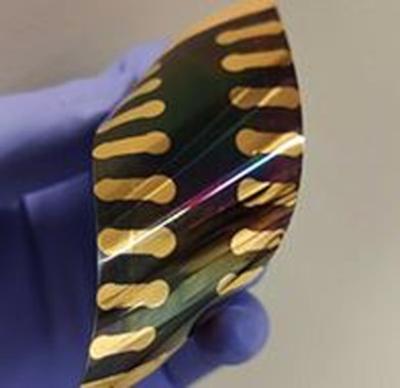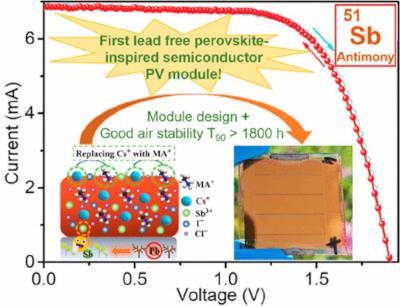Wuxi UtmoLight reports 20.7% steady-state efficiency for its perovskite solar modules
Chinese perovskite PV manufacturer Wuxi UtmoLight has announced ‘a new world record’ for steady-state efficiency on large-size perovskite solar modules. It has achieved 20.7% efficiency on an 810 cm² module. The Company claims to have attained a certification to this efficiency level by China’s National Photovoltaic Industry Measurement and Testing Center.
UtmoLight says it significantly improved the crystallization of perovskite films by regulating the stress of the perovskite bulk phase and interface during the process of film formation, without sharing other details. The Chinese company has been making efforts to establish industrial production of perovskite modules. Currently operating a 150 MW line in China, it aims to expand to a GW-scale perovskite PV production line.



